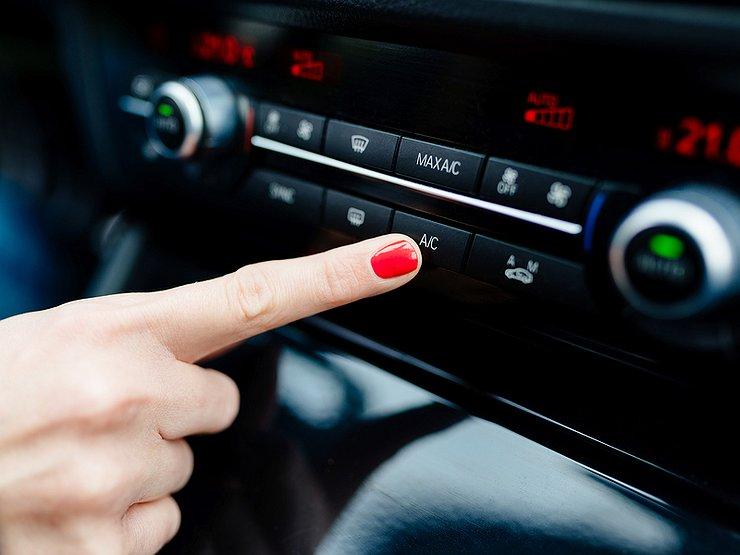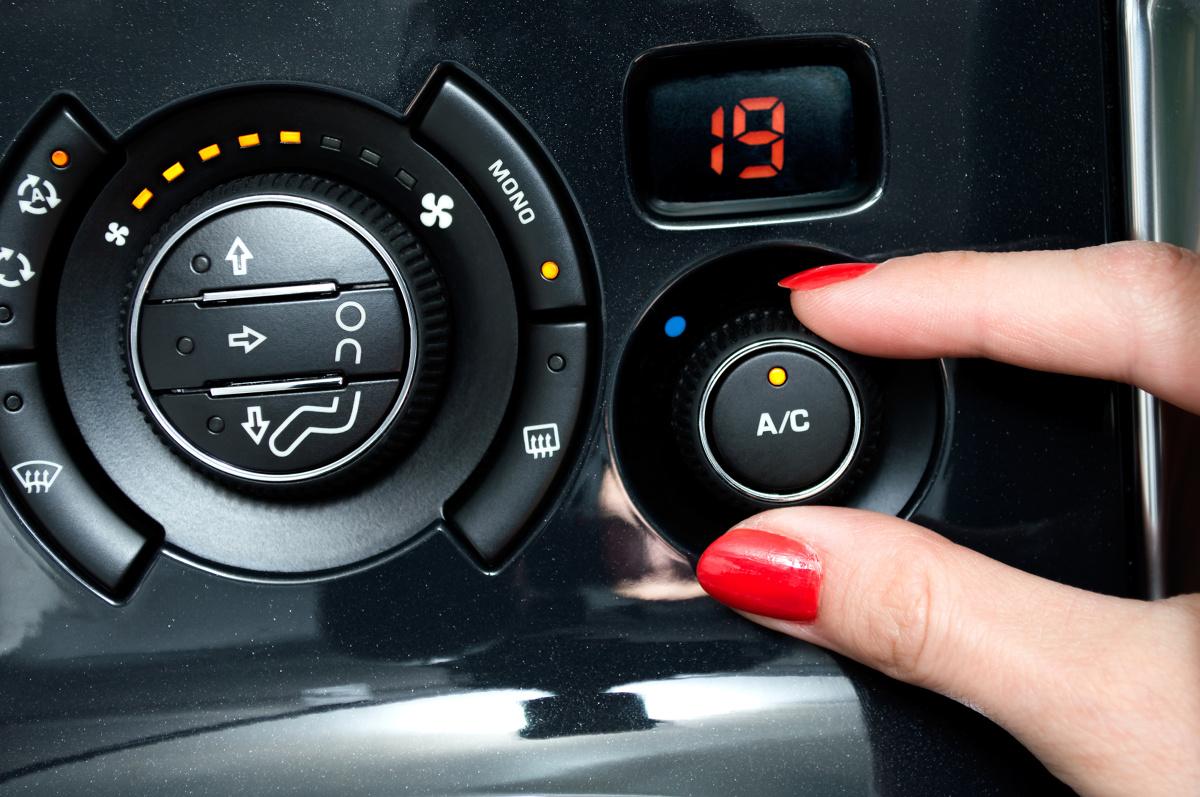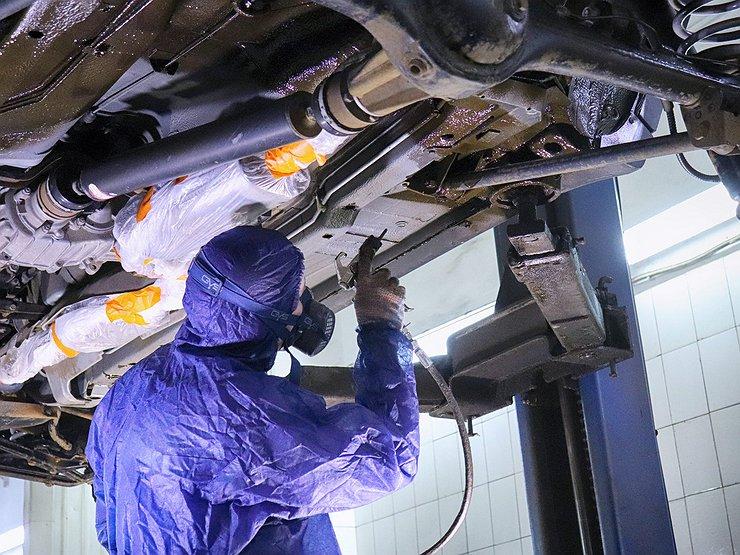
Air conditioning in the car in winter. Why is it worth using?
 It is generally accepted that we use air conditioning only to cool the car in the summer. However, when used correctly, it makes a significant contribution to improving road safety. Especially on rainy, autumn and winter days.
It is generally accepted that we use air conditioning only to cool the car in the summer. However, when used correctly, it makes a significant contribution to improving road safety. Especially on rainy, autumn and winter days.
Contrary to appearances, the principle of operation of the entire system is not complicated. The air conditioner is a closed system consisting of several elements, as well as rigid and flexible pipes. The whole is divided into two parts: high and low pressure. A conditioning factor circulates in the system (currently the most popular substance is R-134a, which is gradually being replaced by manufacturers with the less environmentally harmful HFO-1234yf). Compressors and refrigerant expansion can lower the temperature of the air passing through the air conditioning system and at the same time remove moisture from it. It is thanks to this that the air conditioner, turned on on a cold day, quickly removes fogging from the car windows.
A special oil is dissolved in the coolant, the task of which is to lubricate the air conditioning compressor. This, in turn, is usually driven by an auxiliary belt - except in hybrid vehicles where electrically driven compressors (along with special dielectric oils) are used.
The editors recommend:
Driver will not lose driver's license for speeding
Where do they sell “baptized fuel”? List of stations
Automatic transmissions - driver mistakes
What happens when the driver presses the button with the snowflake icon? In older vehicles, a viscous coupling allowed the compressor to be connected to a pulley driven by an accessory belt. The compressor stopped rotating after turning off the air conditioner. Today, an electronically controlled pressure valve is increasingly used - the compressor is always rotating, and the refrigerant is pumped only when the air conditioner is on. “The problem is that the oil dissolves in the refrigerant, so driving for several months with the air conditioner turned off leads to accelerated compressor wear,” explains Constantin Yordache from Valeo.
Therefore, from the point of view of the durability of the system, the air conditioner should always be turned on. But what about fuel consumption? Aren't we exposing ourselves to an increase in the cost of fuel by taking care of air conditioning in this way? “Manufacturers of air conditioning systems are constantly working to ensure that compressors load the engine as little as possible. At the same time, the power of the engines installed on cars increases, and in relation to them, the air conditioning compressor is less and less stressed. Turning on the air conditioner increases fuel consumption by one tenth of a liter for every 100 kilometers,” explains Konstantin Iordache. On the other hand, a stuck compressor entails a lot more than just a new compressor and reassembly. “If metal filings appear in the air conditioning system due to a stuck compressor, the condenser also needs to be replaced, because there is no effective method for flushing the sawdust out of its parallel tubes,” notes Konstantin Iordache.
Therefore, you should not forget to regularly, at least once every two years, service the air conditioner, as well as change the coolant and, if necessary, change the oil in the compressor. However, most importantly, the air conditioner should be used all year round. This will significantly reduce the risk of damage to the system and increase driving safety due to better visibility behind the steering wheel.
See also: Seat Ibiza 1.0 TSI in our test
